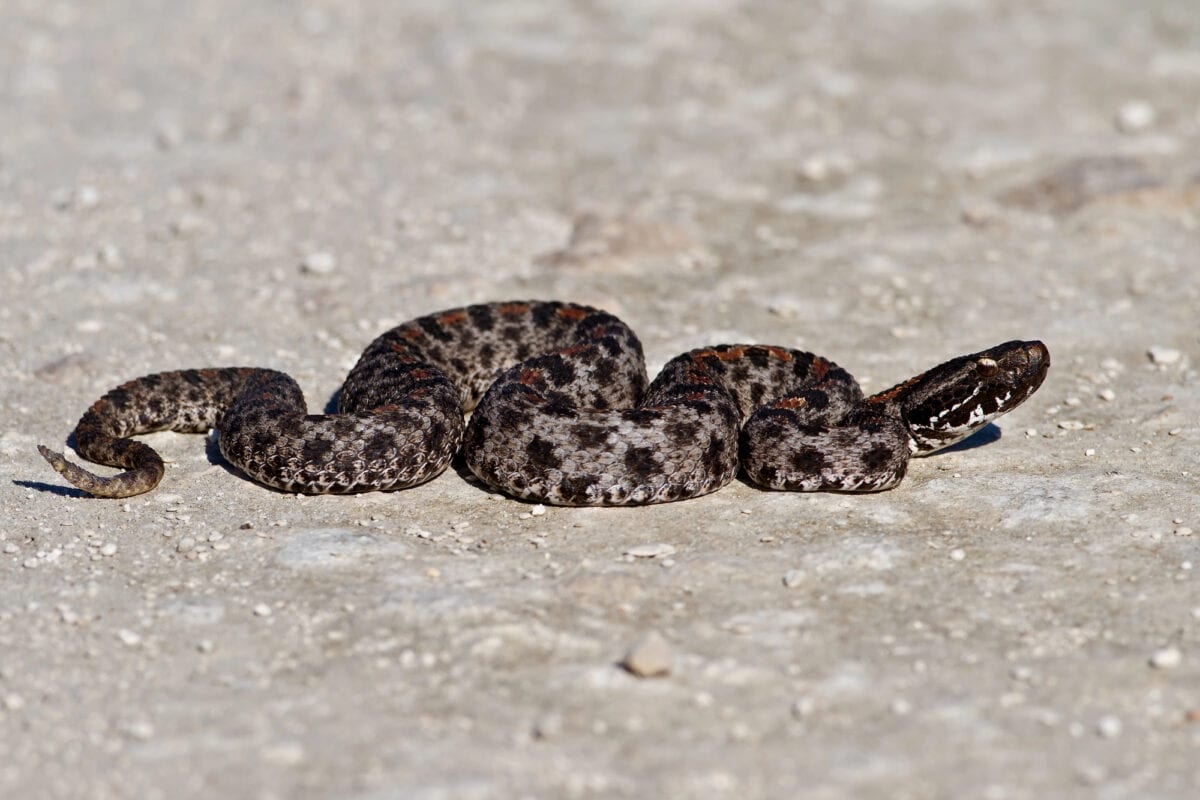Rattlesnakes are the silent lurkers of the desert, waiting for their prey. While they may send a shiver down my spine, understanding their habits and habitats can shed a lot of light. Today, we are going into the world of rattlesnake dens, unveiling their secret locations.
What is a Den?
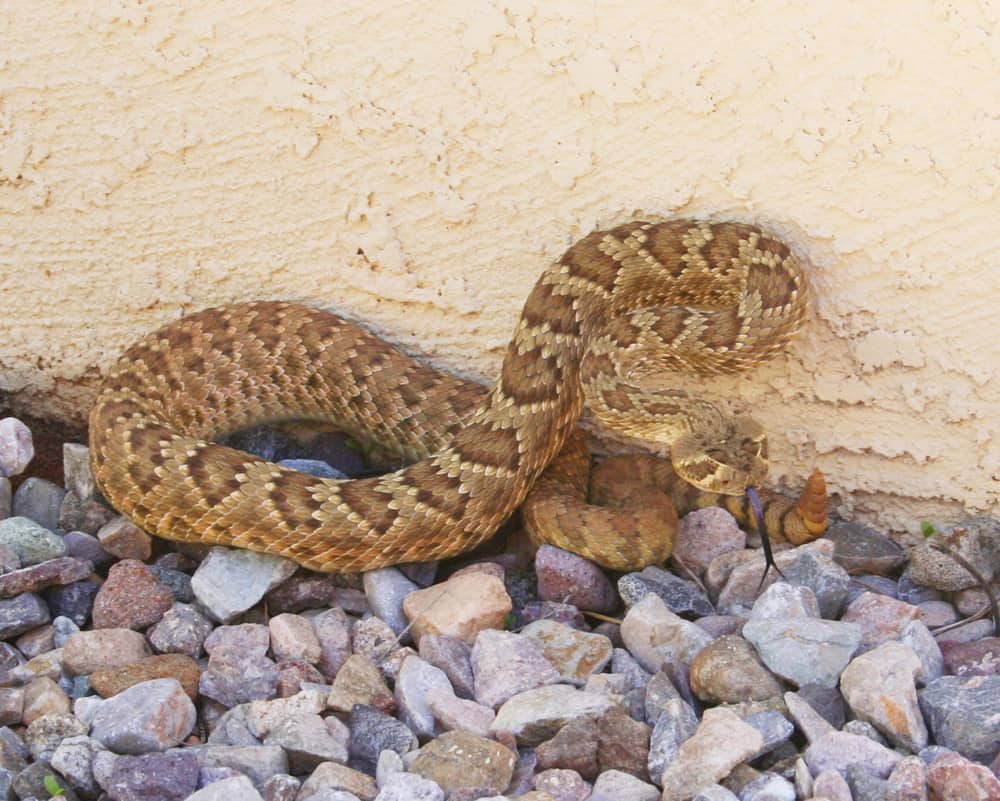
Essentially, a rattlesnake den is a gathering place for these reptiles used during certain times of the year, particularly used in the cooler months. Think of it as a cozy hideaway to hunker down, escape the harsh elements and conserve their energy.
Why Choose Their Spot?
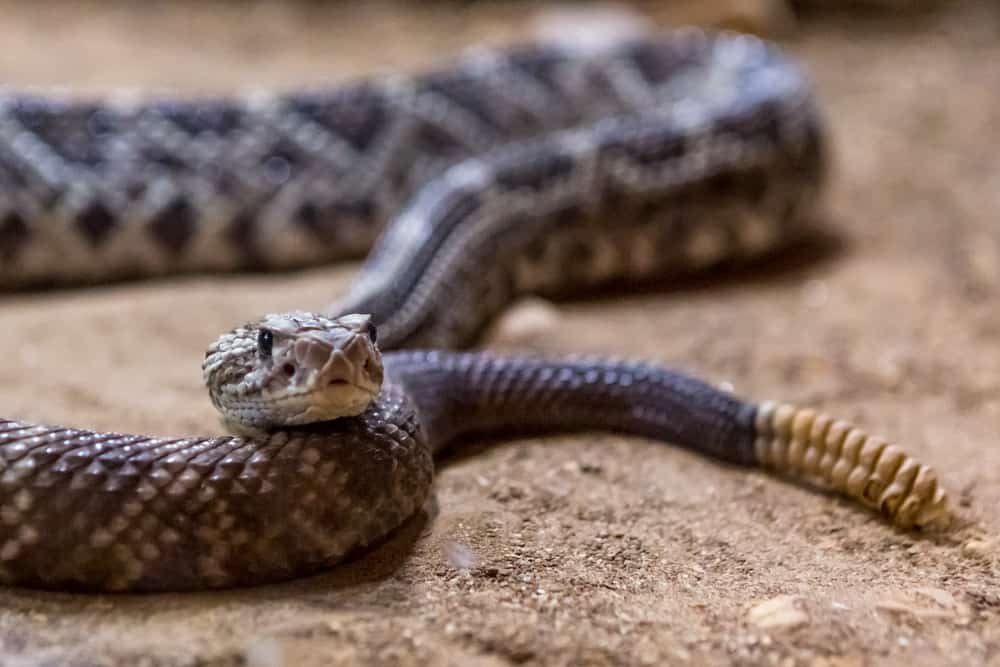
One of the main factors influencing where rattlesnakes make their dens is temperature. These cold-blooded beings rely on external heat sources to regulate their body temperature. So they seek out locations that provide the right balance of warmth and shelter.
That’s why you’ll often find rattlesnake dens nestled in rocky outcrops or sun-drenched slopes, where they can bask in the sun during the day and retreat to cooler depths at night.
Are They Diggers?
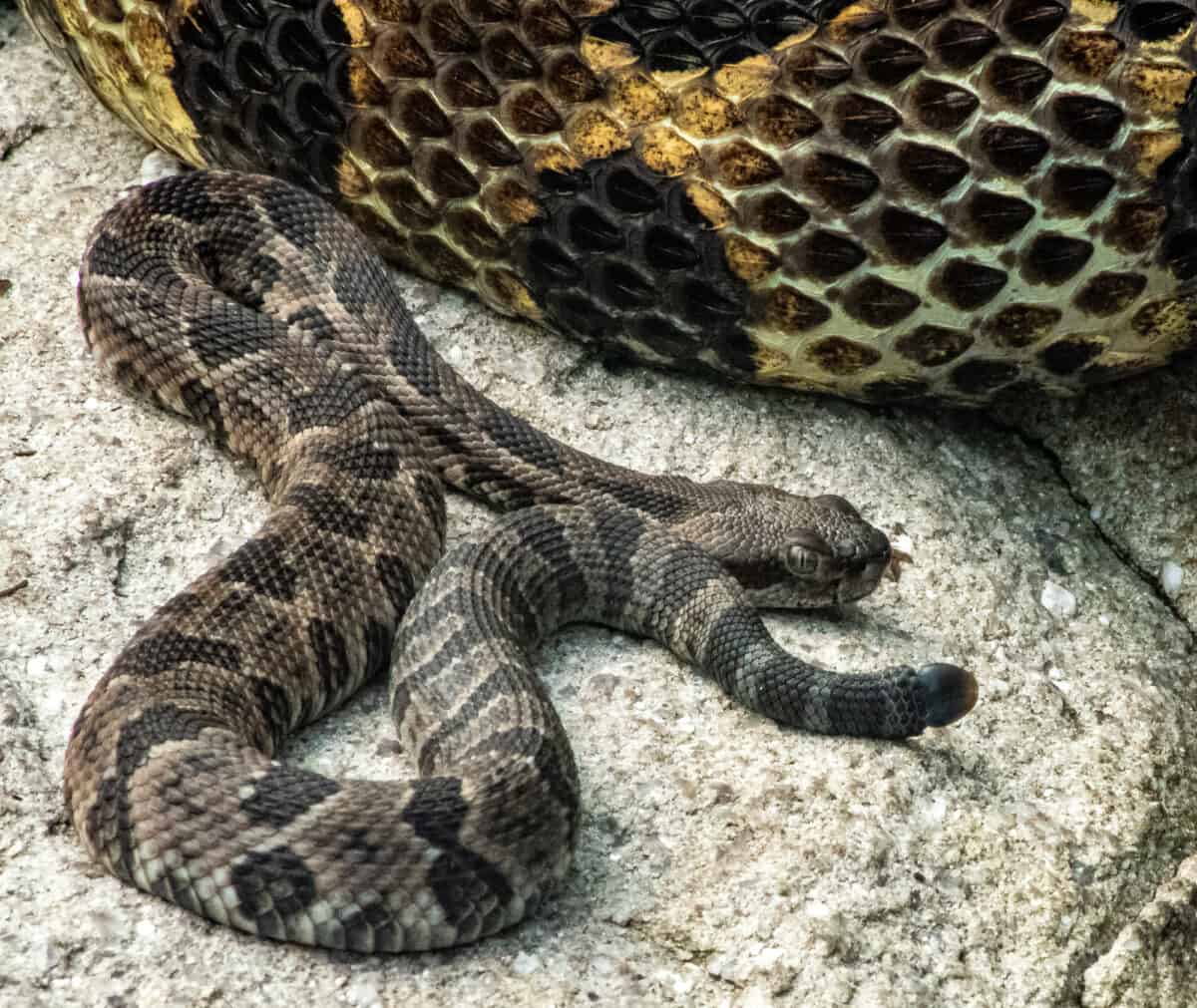
Rattlesnakes don’t usually dig, though they can move some dirt out of the way with their shuffle. They do, however, exploit caves, abandoned burrows, cracks in outcrops of rock, and even human habitats, such as crawl spaces beneath homes.
Reduce, Reuse, Recycle
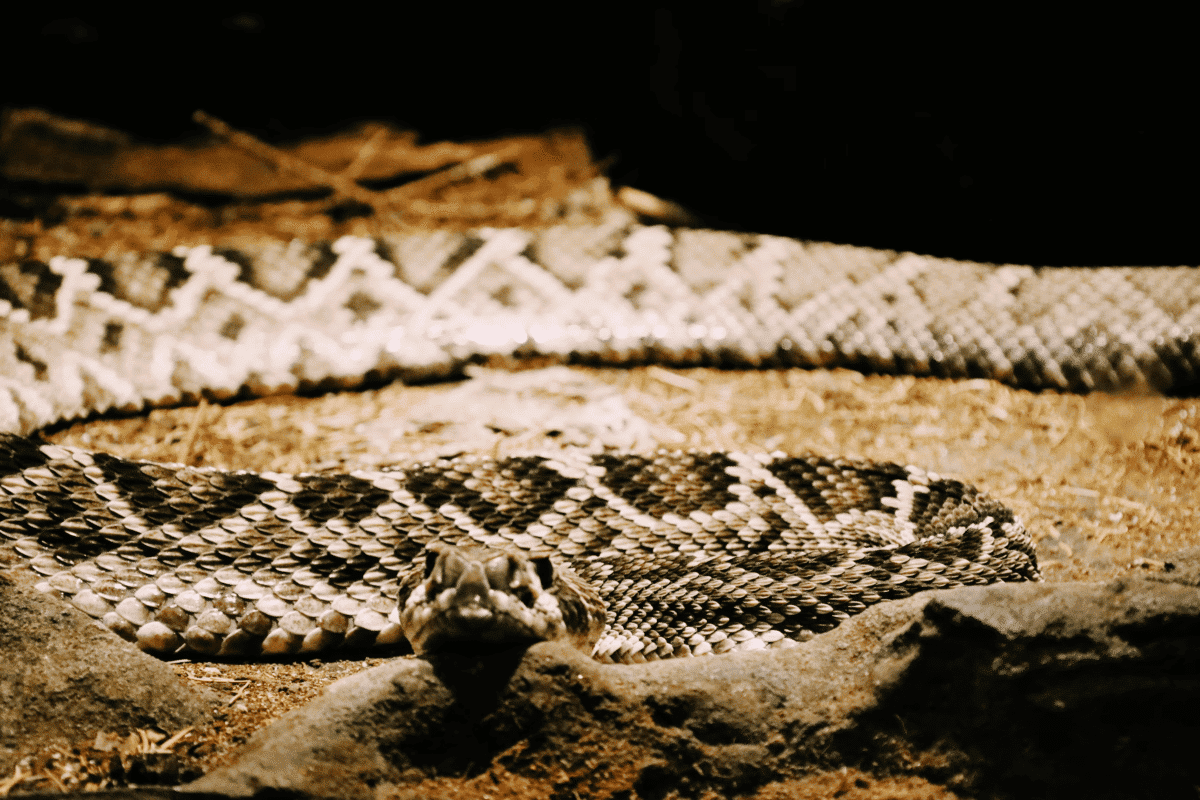
Certain rattlesnakes make use of the same dens each year. The dens of Northern Pacific, Western Diamondback, and Timber Rattlesnakes can house hundreds of snakes, not all of which are rattlesnakes. When it’s time for a winter nap, other species, like racers and coachwhips, which occasionally eat rattlesnakes, declare a truce and share den space.
Wrapping Up with Where Rattlesnake Make Dens
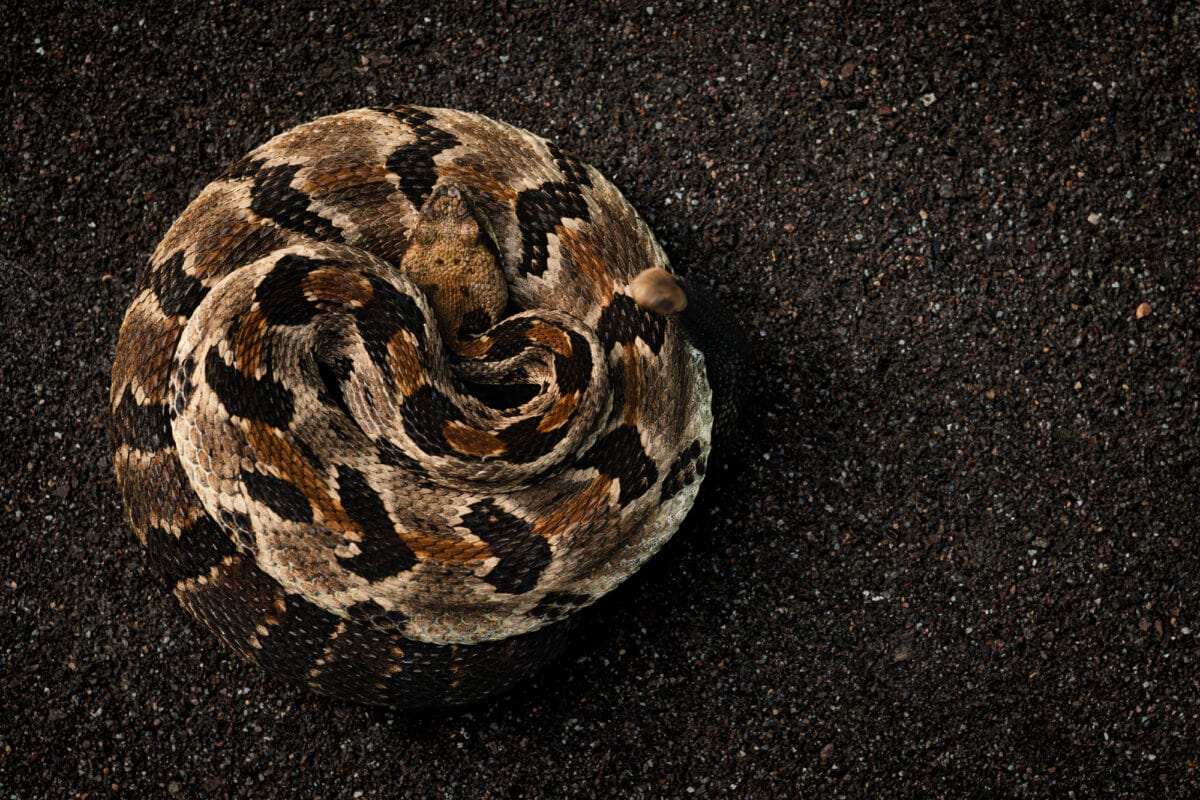
Lastly, Timber rattlesnakes, according to research, are fiercely devoted to one den site and will not use another. Furthermore, young snakes and pregnant females prefer to hang out and bask together near hibernacula sites. Some species of rattlesnakes are less selective and might use an abandoned shed or even the area around your swimming pool equipment. So stay alert!
Thank you for following along with me –
Next up:
Join our Forum for free today!

- Big Cats Love Mouthing Affection - July 22, 2024
- Kind Elephant Merciful To Lion Cubs - July 22, 2024
- Beachgoers Save Massive Shark Stranded In Florida - July 22, 2024

